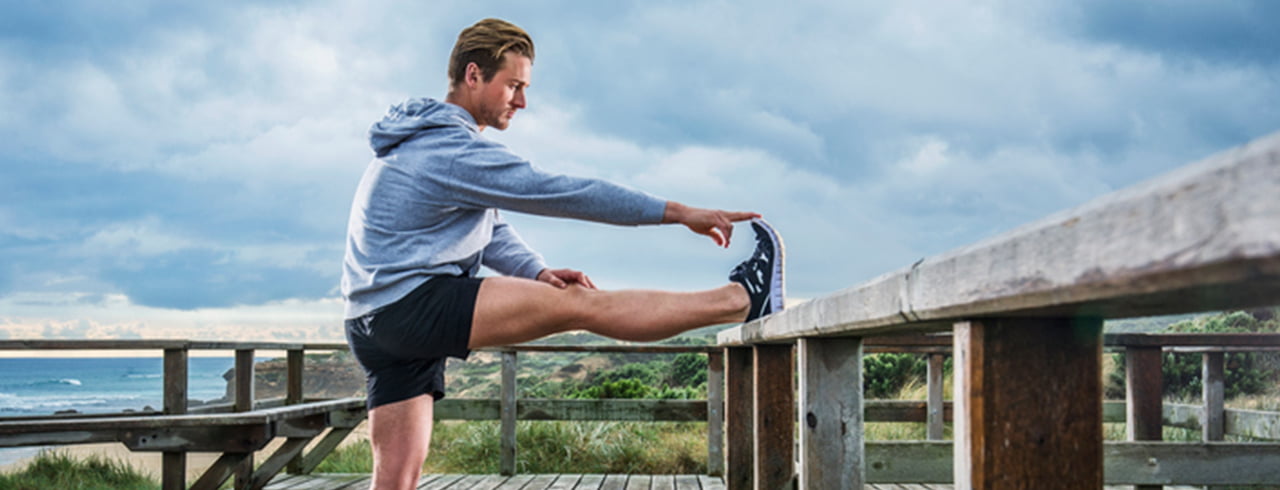
How to keep your muscles supple
Researchers and experts have been debating the benefits of stretching for years. When does it make sense to stretch? How do you stretch correctly? These and many other questions have come up in countless discussions. But everyone seems to agree that there is no such thing as the right or wrong way to stretch, at least not in terms of how to do it.
Why stretch in the first place?
Stretching regularly will mainly help you to keep your muscles supple and improve your flexibility. But you can also do stretching exercises to help relieve muscular tension. The important thing, however, is to stretch only after a brief warm-up sequence, which can consist of a classical set of movements or a simple massage with a massage roller. If, for example, you have a stiff neck, you can do stretches to get some temporary relief. As a rule, you should stretch the area where you have tension if it helps and feels good. If you feel pain when stretching, be sure to stop right away.
What to consider
Besides first warming up, you should generally adjust your stretching exercises the type of sport you do. And be sure to also work the muscles with the opposite function to the ones you’re stretching. For example, if you're stretching your front thigh muscles, be sure to also stretch your rear thigh muscles afterwards. If you have sore muscles, stretch them gently to prevent their fibres from getting injured even more. The most important rule, however, is that a stretch should under no circumstances cause pain! So be sure to release it right away if it hurts.
General tips on stretching
Before training:
- Dynamic stretching (stretching with short swinging movements)
- Stretch to the maximum only briefly.
- Stretch only until you feel a slight pulling effect, then release again.
After training:
- Static stretching (stretching without moving)
- Hold the lightly stretched pose for 20 to 90 seconds.
- Release the stretch slowly – never with a sudden jerk.




